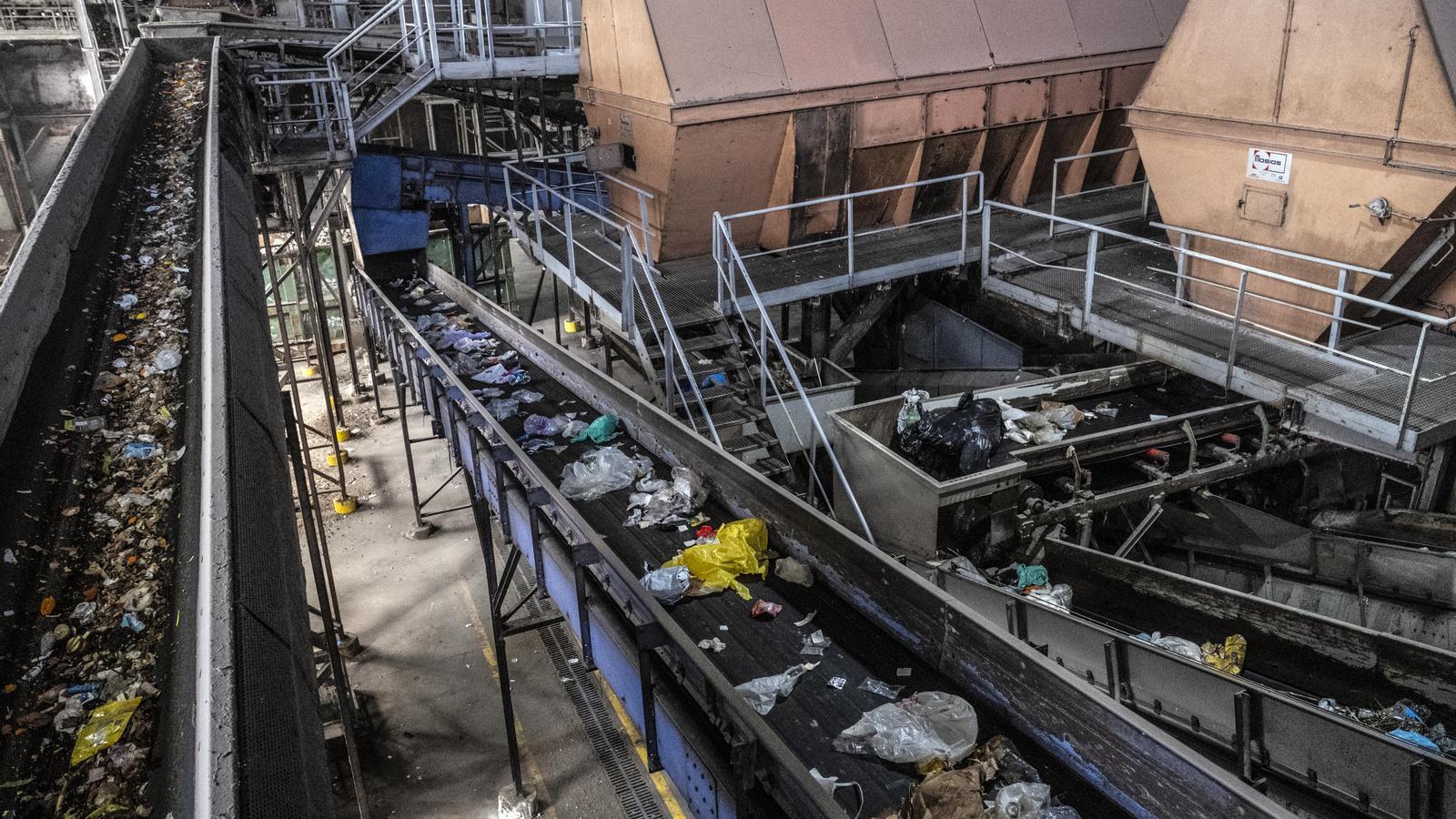The Government will close thirteen landfills and rules out new incineration plants.
Catalonia only recycles 40% of municipal waste, and Europe has set the goal of reaching 65% by 2035.


BarcelonaCurrently, nearly a third (31.7%) of the waste generated ends up in one of the 25 landfills available in the country. However, according to the targets set by the European Union, these controlled landfills should only be the final destination for a maximum of 10% of municipal waste. Although government sources have positive assessments of waste collection and treatment in recent years, the data show that Catalonia is still far from meeting European targets. Given this scenario, one of the measures the government is proposing to close the gap involves closing half of its landfills.
Within a period of ten years, the Department of Territory, headed by Minister Sílvia Paneque, proposes decommissioning and beginning the sealing of thirteen controlled landfills, specifically those located in Bellver de Cerdanya, Berga, Beuda, Banyoles, Solius, Lloret de Mar, Espluga de Francolí, Granadella, and Boradilla Tárrega.
Sending waste (leftovers and organic waste) to landfills should be the last option if we want to have a sustainable waste management and treatment system and comply with legislation (Catalan, national, and European), as this activity generates greenhouse gas emissions such as methane and carbon dioxide (CO₂). In total, it is necessary to curb the arrival of two out of every three tons currently arriving at landfills.
The management of these controlled landfills is at the forefront of the government's new plan for municipal waste prevention and treatment infrastructure for the 2025-2035 period, a framework that the law establishes must be updated every six years. On paper, this document, which must be agreed upon with the local community, should improve the way in which the municipal process and citizens can review it and propose any amendments they deem appropriate. "In recent months, there have been many meetings with town councils and regional councils to share the strategy," says the councilor, who is confident that the negotiation process will not be too long.
More recycling
The closure of landfills is part of the recommendations of Catalonia's committee of experts on the climate crisis, but the closure of thirteen does not mean that the Government's objective is to gradually eliminate them all, but rather to control the quantity and condition of the waste that arrives. Looking ahead to 2035, the Generalitat is also considering expanding and improving four controlled landfills: Tremp, Mas de Barberans, Pedret i Marzà, and Orís. However, it is estimated that around 75% of the material that ends up in a landfill can undergo treatment processes sooner, and the new plan also seeks ways to increase the amount of recycled waste in record time.
According to EU guidelines, 55% of the waste generated should be recycled by 2025, and by 2035, the percentage should rise to 65%. But based on the most up-to-date data from 2023, this proportion remains stagnant at around 40%. Furthermore, between 5% and 10% of waste is lost between what is collected and recycled, and authorities maintain that there is room for improvement. Therefore, in addition to prevention—individual and collective responsibility, of companies and the productive sector—the basis of the new plan is to promote reuse to prevent everything thrown away from becoming waste.
One of the pillars of this strategy will be, according to Paneque, the establishment of up to 500 resource centers. To put it simply, these are spaces somewhere between clean points and treatment centers that will allow people to bring objects "with potential for reuse" that, until now, the population hasn't known how to dispose of. "They should help us extend the life of materials such as books, toys, sports equipment, jewelry, or furniture," he says. The location of these spaces will have to be agreed upon with the municipalities, but the government's plan is for them to be in cities and not on the outskirts to encourage separation—preventing them from reaching treatment plants—and the circular economy.
The creation of new transfer centers is also being considered, i.e., spaces located throughout a territory that allow for the pooling of waste collected in several municipalities to ensure that the waste receives pretreatment without increasing costs.
Nine new fractionation plants
To ensure a system that is both environmentally and economically sustainable, the regional minister identifies two priorities: "Increasing selective collection and reducing the percentage of waste currently reaching landfills." In this regard, Paneque emphasizes that most waste should go through treatment plants and not directly to controlled landfills. In a very optimistic scenario, the regional government hopes that by 2035, 90% of municipal waste will be transferred to recycling facilities, meaning it will be treated in specialized spaces to receive another life, whether material or energetic.
The fact that more and more municipalities are opting for highly efficient systems, such as closed containers or door-mounted containers, suggests that more organic waste and scraps will be generated, and the regional government is committed to "adapting" the infrastructure. Therefore, the plan includes the construction of new recycling centers and the expansion of some existing ones, as well as the implementation of two more organic waste recovery facilities (in Girona and Sant Adrià del Besòs) and seven pre-treatment facilities for the residual fraction (in Tarragona, Ebro, Manresa, Girona, Tremp, and La Seu d'Urgell).
What the Catalan government is certain not to do, at least until 2035, is expand the energy recovery plants, which will remain at four: one in Tarragona, one in Sant Adrià de Besòs, one in Mataró, and one in Girona. Among other reasons, this is because in Catalonia, 18.4% of waste is used to generate energy, and within a decade, this percentage could be increased to a maximum of 25%, following the guidelines of the Catalan Parliament itself.
